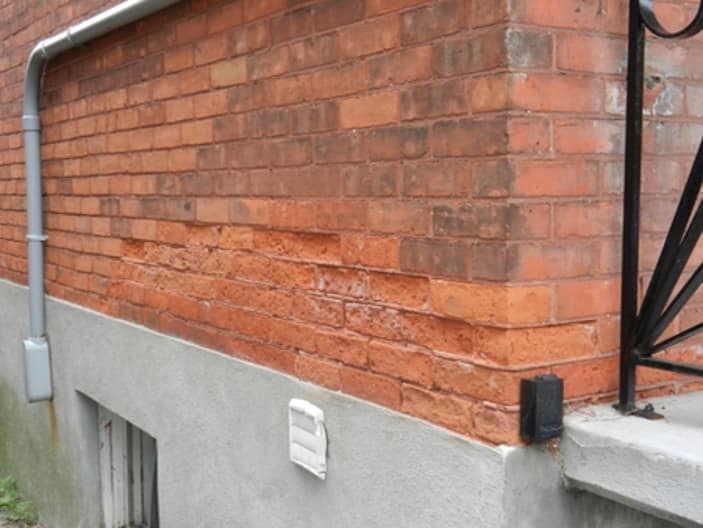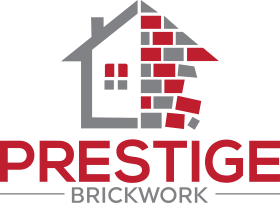Why use a traditional lime mortar for your property?
Builders have used lime mortar as a construction material for thousands of years. Only in recent decades have empirical tests given us a scientific understanding of lime’s exceptional durability. As a natural building material, lime also offers a significantly lower carbon footprint compared to cement.
Although builders started using Portland cement more widely from the 1920s onward, they had previously relied on lime mortar for house construction. Lime’s permeability allowed moisture to pass from the interior of masonry to the outside, making damp courses unnecessary in older buildings.
Over the past 50 years, however, many tradespeople have repointed lime-built structures with cement. This practice has proven harmful because cement, a non-breathable material designed for modern construction, traps moisture within the masonry. Without the ability to expel this moisture, lime-based walls suffer from spalling and decay. In winter, the damage worsens when trapped moisture freezes and thaws, leading to cracking and surface breakdown.

Cement doesn’t just trap water—it pushes it inward. As a result, interior walls become damp, plaster begins to deteriorate, timbers start to rot, and the structure may require costly repairs. Surveyors often misdiagnose this moisture problem as rising damp and suggest damp-proof course injections, which rarely solve the issue and waste money.
The solution. Lime mortar.
To fix the root of the problem, you need to repoint with a suitable lime mortar that allows the building to breathe. Before doing so, you must repair any cracks caused by the inappropriate use of cement. Lime-based masonry and cement don’t work well together; their physical properties differ too much. Cement remains rigid, while lime allows for gentle, natural movement without cracking.
Today, more architects and contractors recognize the benefits of using slaked lime mortar or NHL (natural hydraulic lime) mortars—not just for restorations, but also in new builds. These mortars provide flexibility, durability, and a visually pleasing finish.
Many historic buildings, often built with shallow step footings only 400mm below ground, don’t need rigid structural support. Their flexibility comes from the lime mortar itself, which allows gentle shifts over time without damage.
The mortar should always be softer than the bricks.
Why not have a look at our Facebook page for lots of information on past work and feedback from our happy customers.
Any questions, please get in contact here
Prestige Brickwork
Out of 5 stars





